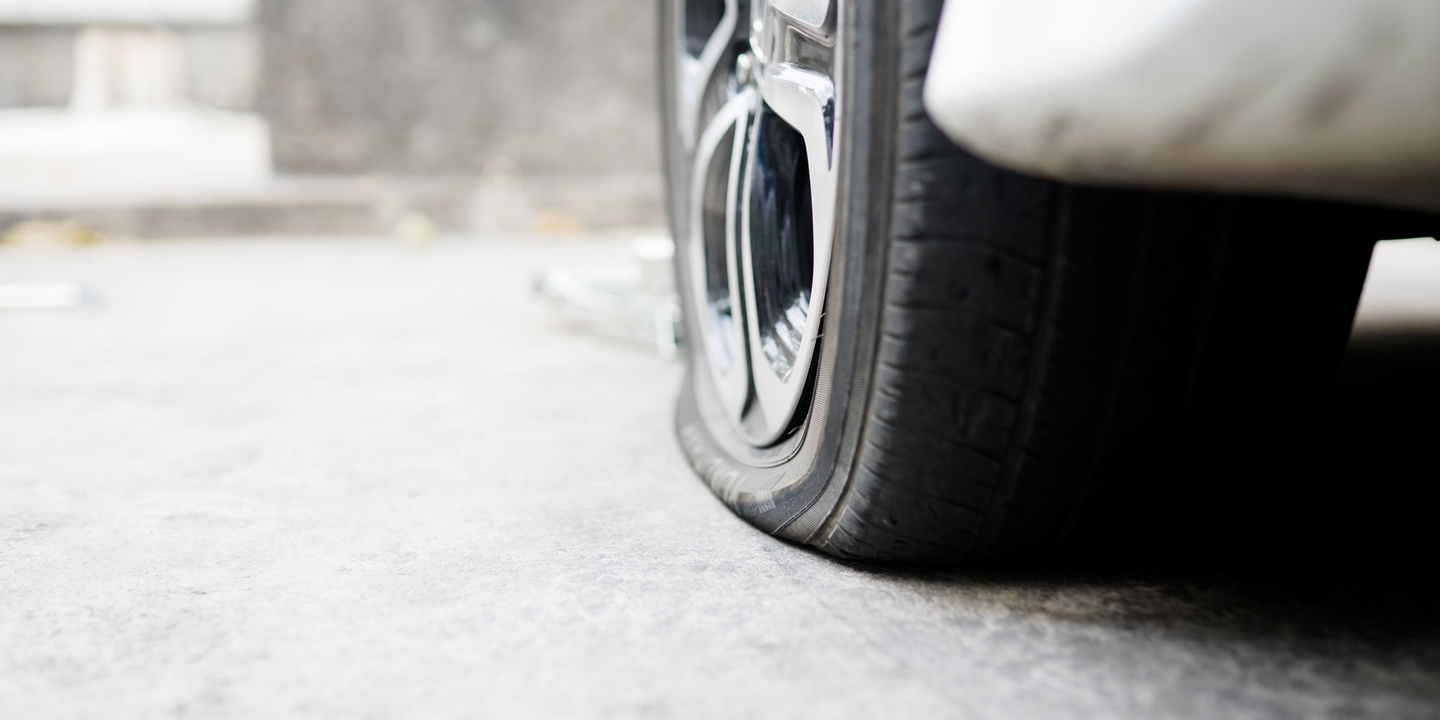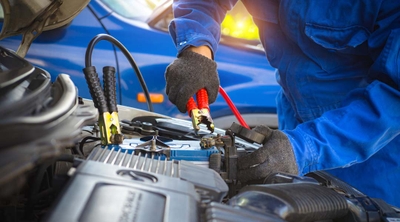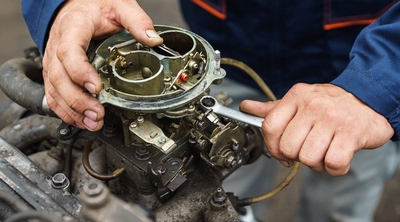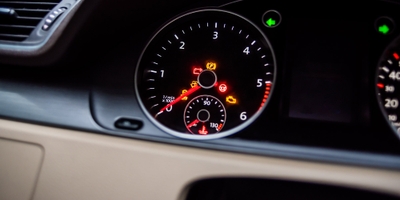How to prevent flat tires
3 min read
A flat tire is an inconvenience that doesn’t usually happen very often. However, depending on where you live, it could happen more often than you like. According to Autoily, the average driver will experience up to five flat tires in a lifetime. They report that, on average, seven tire punctures occur every second in the United States, accounting for 220 million flat tires annually. Read on to discover several solutions for how to avoid flat tires and tips for how to tell if a tire is flat or just needs air.
Why do I keep getting flat tires on my car?
If you’ve had a flat tire and gotten the tire repaired only to have it go flat again, Firestone suggests that it could be any of the following:
- Tire age
- Dry rot
- Faulty valve stem
- Leaky tire bead
- A faulty tire pressure monitoring system (TPMS) sensor
If you suspect your tires may have one of these issues, it’s likely time to visit a tire repair shop and find a mechanic to inspect them to prevent another flat.
Can a tire go flat for no reason?
If a tire goes flat, there’s always a reason. However, that reason may not be a puncture or seem obvious. Some causes of a flat tire that are not puncture related include:
- Faulty valve stem: If the tire’s valve stem has cracked or corroded, air can escape and cause the tire to go flat. You can repair the valve stem without replacing the tire.
- Temperature variations: High temperatures in the summer and cold temperatures in winter can cause fluctuations in the air pressure in your tires. Try reinflating your tires before assuming there’s a leak.
- Low tire pressure: Driving on tires with low pressure can weaken them and increase the chance for a flattened tire. Plus, according to Fueleconomy.gov, underinflated tires can lead to lower gas mileage. Refill your tires soon after you notice they’re low.
- Over-inflation: Avoid filling your tires higher than the manufacturer’s recommended level to avoid getting a flat.
10 tips for preventing flat tires on your car
- Keep your tires properly inflated: Check your tire pressure regularly and keep it at the recommended level. Underinflated tires can cause excessive heat buildup, leading to a blowout. Learn more about the recommended tire pressure for your vehicle.
- Check your tires regularly: Look for any signs of excessive wear or damage, including cuts, punctures, and bulges. If you notice any of these, get the tire repaired quickly.
- Avoid overloading your vehicle: Ensure that you aren’t carrying more weight than your tires can handle. You’ll find a sticker on the driver’s side door frame and in the vehicle’s owner’s manual which contains your vehicle’s load capacity and the recommended air pressure for your tires. Overloading can cause stress on your tires and increase the risk of a flat.
- Avoid potholes and debris when you can: Do your best to safely steer clear of obstacles in the road that could damage your tires. If you can’t avoid them, drive over them slowly and carefully.
- Avoid poorly maintained roads: Rough roads with lots of bumps and dips can cause your tires to wear out sooner. Take alternate routes and drive more slowly when you can’t avoid bumpy roads.
- Rotate your tires regularly: Rotating your tires helps distribute the wear and tear evenly, which can help prevent a flat tire.
- Get your tires balanced: While getting them rotated, get your tires balanced, as that also helps distribute wear and can help prevent a flat.
- Avoid stopping and starting suddenly: Accelerating rapidly and braking hard causes your tires to wear out quickly.
- Keep your wheels properly aligned: Misaligned wheels can cause your tires to wear out more quickly than they would otherwise, making them more prone to getting flat.
- Invest in high-quality tires: Good-quality tires installed by a professional are more likely to hold up longer than cheaper, low-quality tires.
How to tell if a tire is flat or just needs air
There’s a difference between a flat tire and a deflated one. A flat tire has lost all its air pressure and appears visibly flattened against the rim. Various things can cause a tire to go flat, such as a puncture, a damaged valve stem, or a problem with the tire’s sidewall or bead.
A deflated tire has lost some or all its air pressure but may still appear to have some shape and structure, especially if the leak is slow. You can refill a deflated tire and drive to a safe place to have a mechanic inspect it. You’ll have to repair a flat tire before you can drive on it again safely. Learn about whether car insurance covers tire damage.
You can follow these tips to prevent flat tires, and you can also brush up on how to fix a flat tire.






